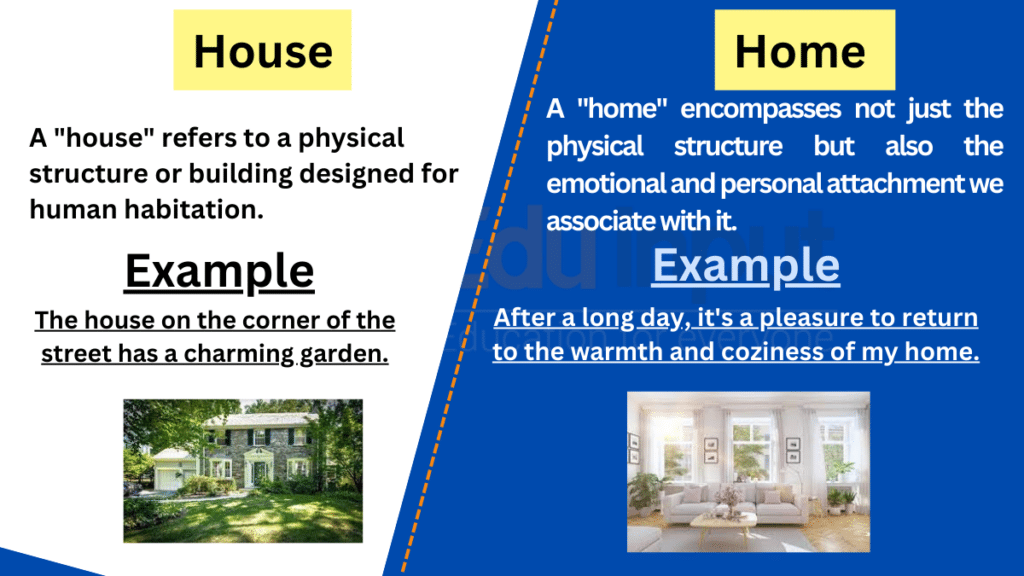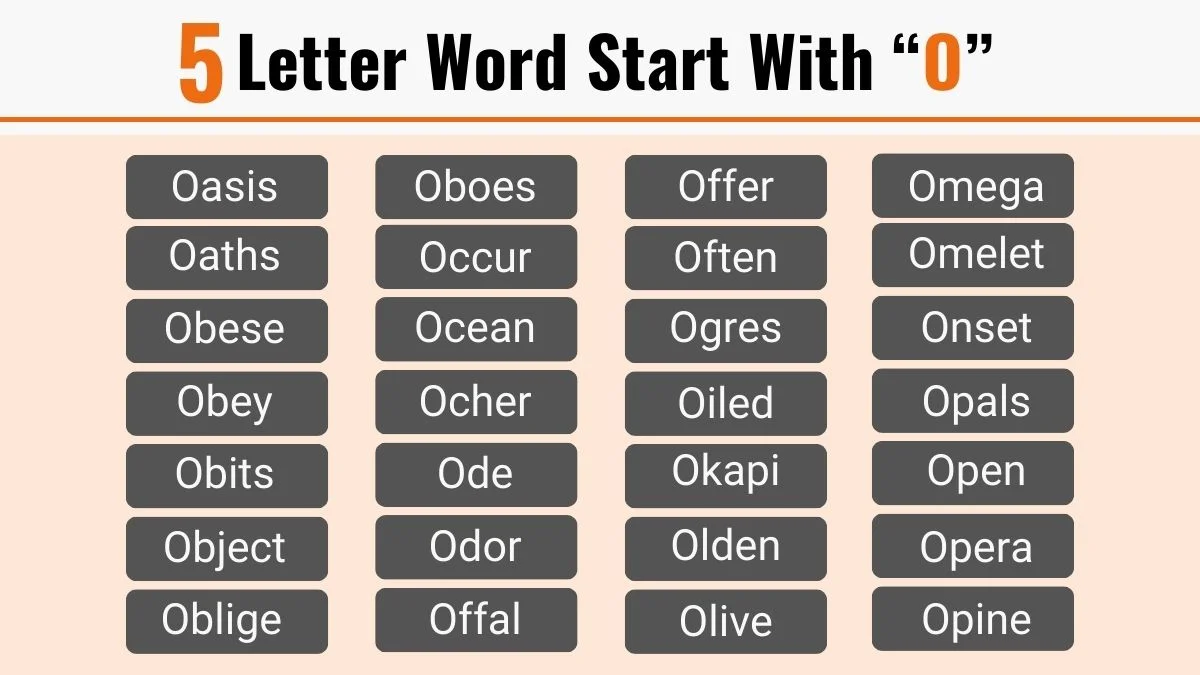House vs. Home-Difference between and Examples
In the realm of residential abodes, the terms “house” and “home” are frequently used interchangeably. However, beneath their surface, similarities lie subtle yet significant differences that deserve our attention. In this article, we will delve into the contrasting meanings of “house” and “home,” exploring their definitions, connotations, and contextual nuances. By grasping the distinctions between these words, we can enhance our understanding and effectively communicate our feelings and experiences related to our living spaces. Join us as we embark on this linguistic journey to uncover the nuanced disparities between a “house” and a “home.”

Meanings and Examples
House meaning
A “house” refers to a physical structure or building designed for human habitation. It typically comprises walls, a roof, and various rooms and serves as a place of shelter, providing accommodation and protection.
House Examples
a) They purchased a spacious house in the suburbs.
b) The house on the corner of the street has a charming garden.
c) The real estate agent showed us several houses in different neighborhoods.
Home meaning
A “home” encompasses not just the physical structure but also the emotional and personal attachment we associate with it. It represents a place where one feels a sense of belonging, comfort, and emotional connection.
a) After a long day, it’s a pleasure to return to the warmth and coziness of my home.
b) She has created a loving and nurturing home for her family.
c) Home is where cherished memories are made and treasured.
Difference between House and Home
| House | Home | |
| Meaning | A physical structure or building designed for human habitation | A place of emotional connection, belonging, and personal attachment |
| Example | “They purchased a spacious house in the suburbs.” | “After a long day, it’s a pleasure to return to my home.” |
| Usage | Referring to the physical dwelling | Expressing a sense of emotional connection and belonging |
| Context | Real estate, architecture, property listings | Personal and emotional associations, family, comfort |
Usage in a Paragraph
Imagine a family relocating to a new city and embarking on a quest to find a suitable place to live. They visit various properties, examining different houses in search of the perfect fit for their needs. They consider the architectural design, the number of rooms, and the overall layout. After thorough exploration, they discover a charming house in a peaceful neighborhood that aligns with their requirements. This house becomes the physical structure they choose as their dwelling, providing them with a sheltered space to live and grow.
However, as they settle into their new abode, they gradually transform it into a home. They personalize the space with their cherished belongings, imbue it with their unique style and personality, and create an environment where love, warmth, and cherished memories are cultivated. This transformation occurs not solely through the physical attributes of the house but through the emotional connections and sense of belonging they develop. In this home, they find solace, build relationships, and create a nurturing environment for themselves and their loved ones.
Understanding the distinction between a “house” and a “home” allows us to express our sentiments and experiences related to our living spaces more accurately. While a house primarily refers to the physical structure designed for habitation, a home encompasses the emotional connections, comfort, and sense of belonging associated with it. Let us appreciate the significance of both concepts as we navigate our journey of finding a place we can truly call home.






Leave a Reply